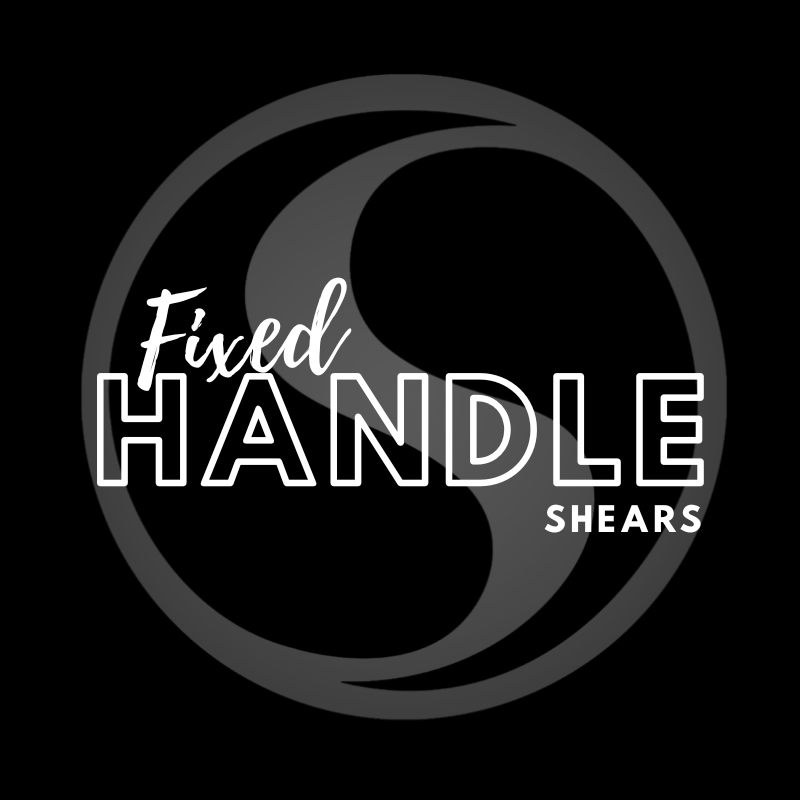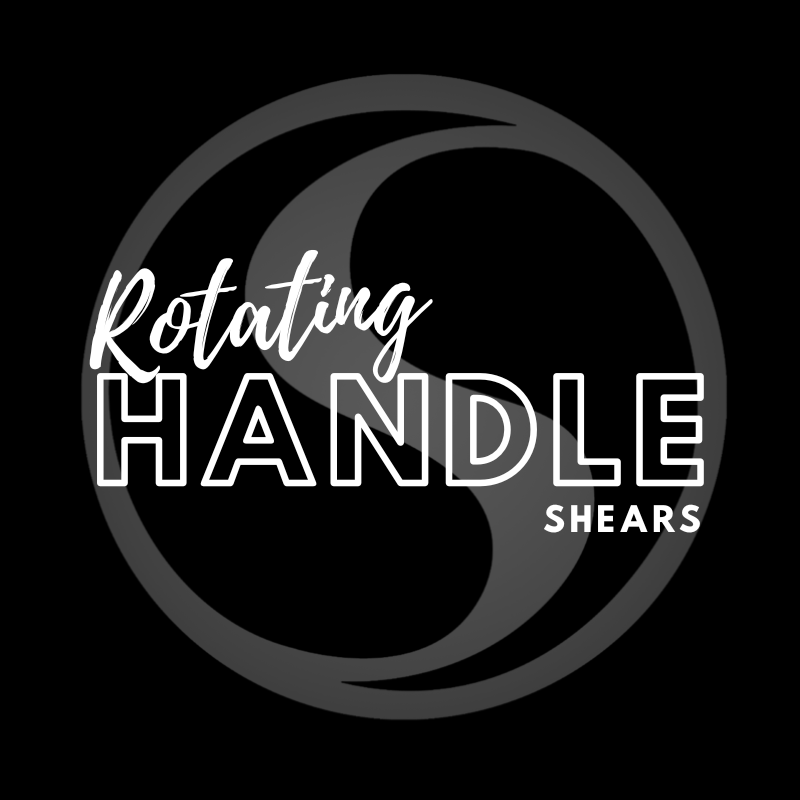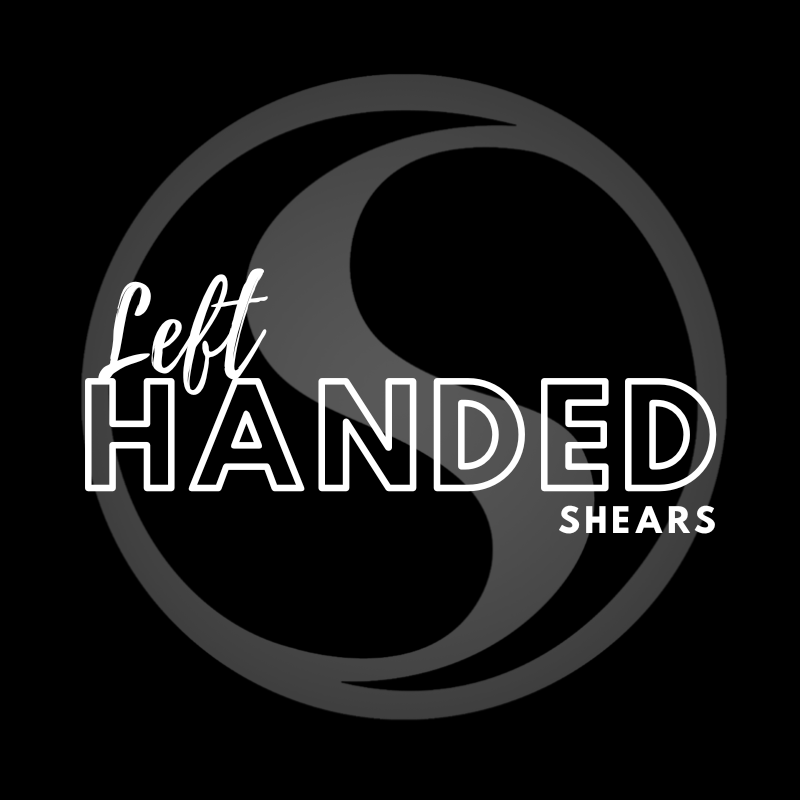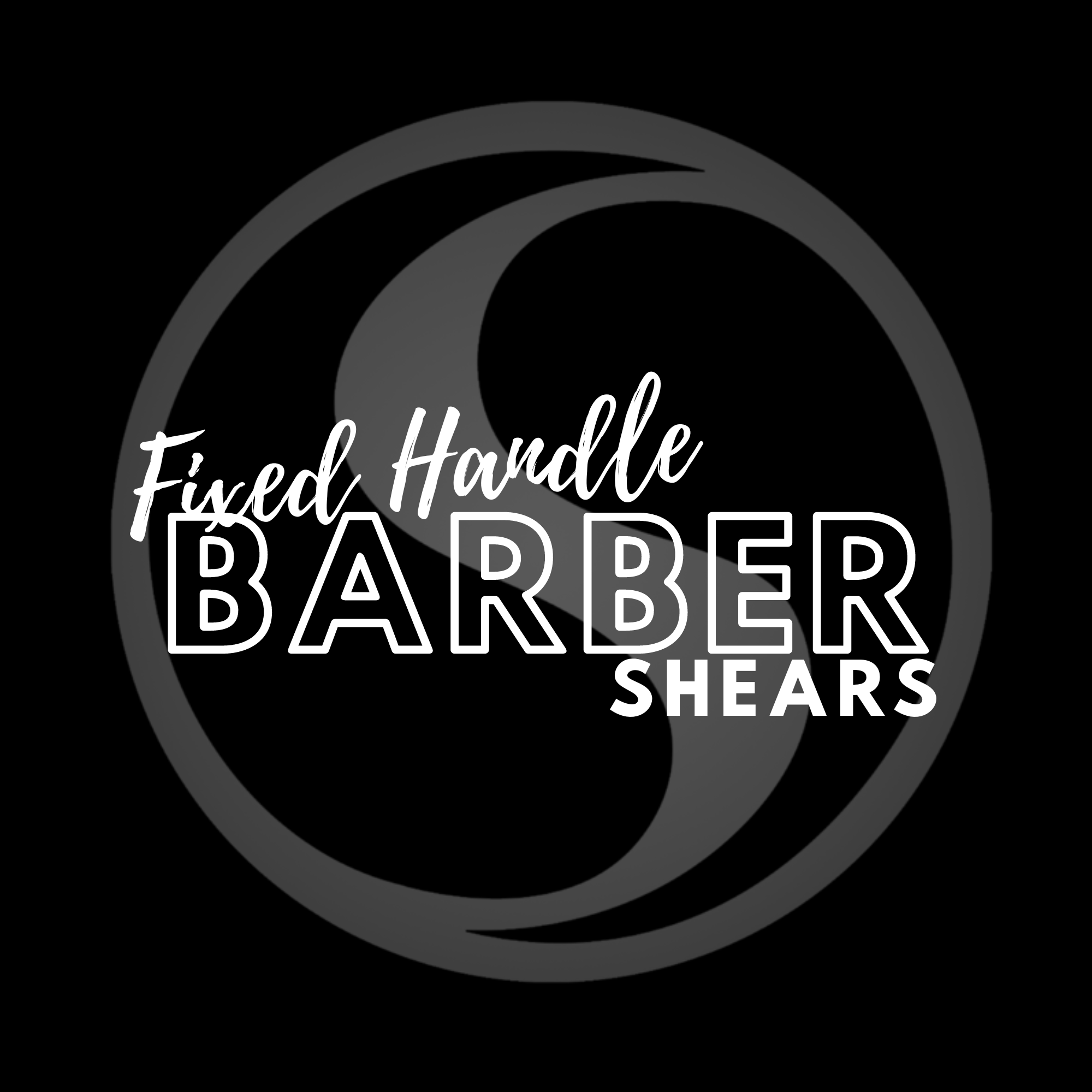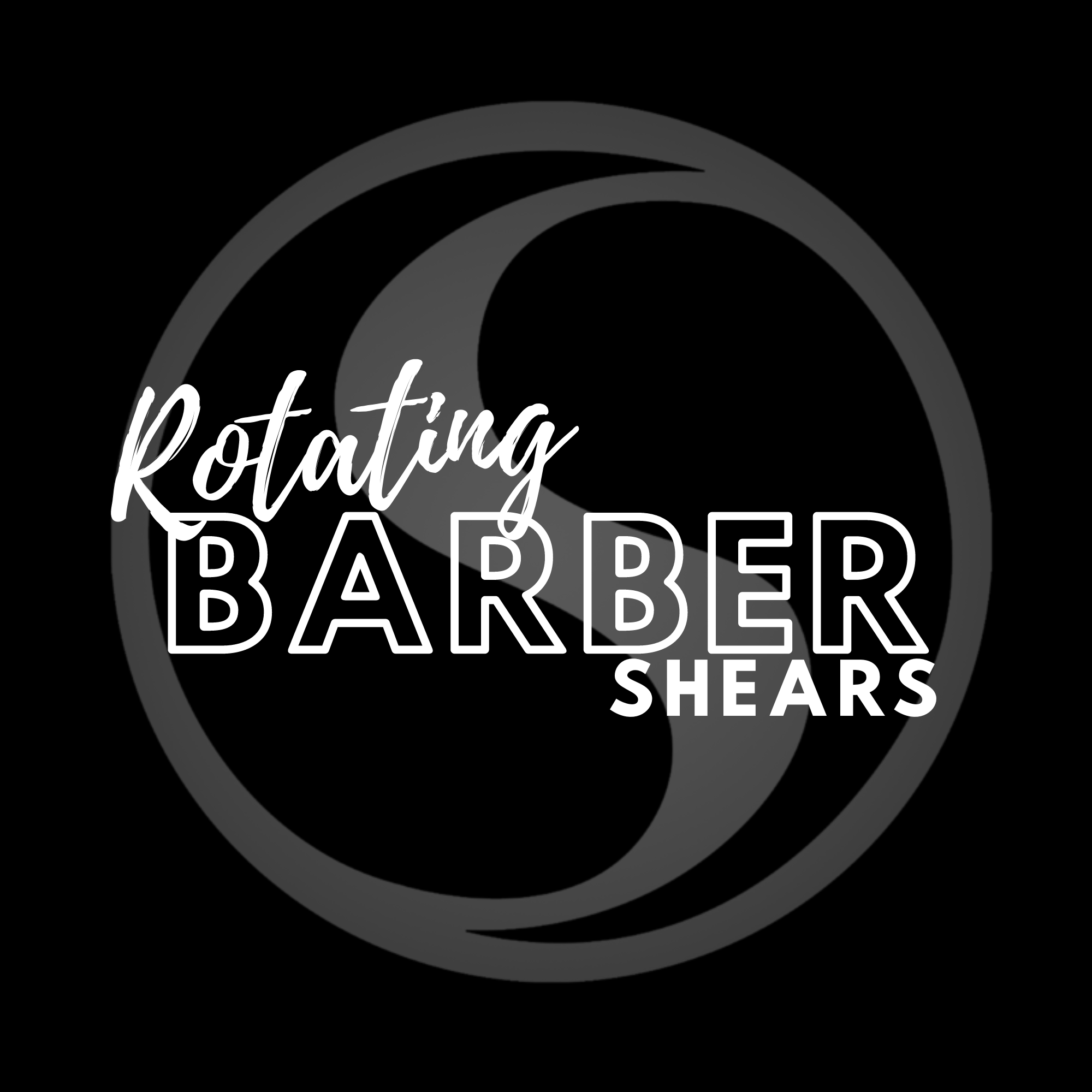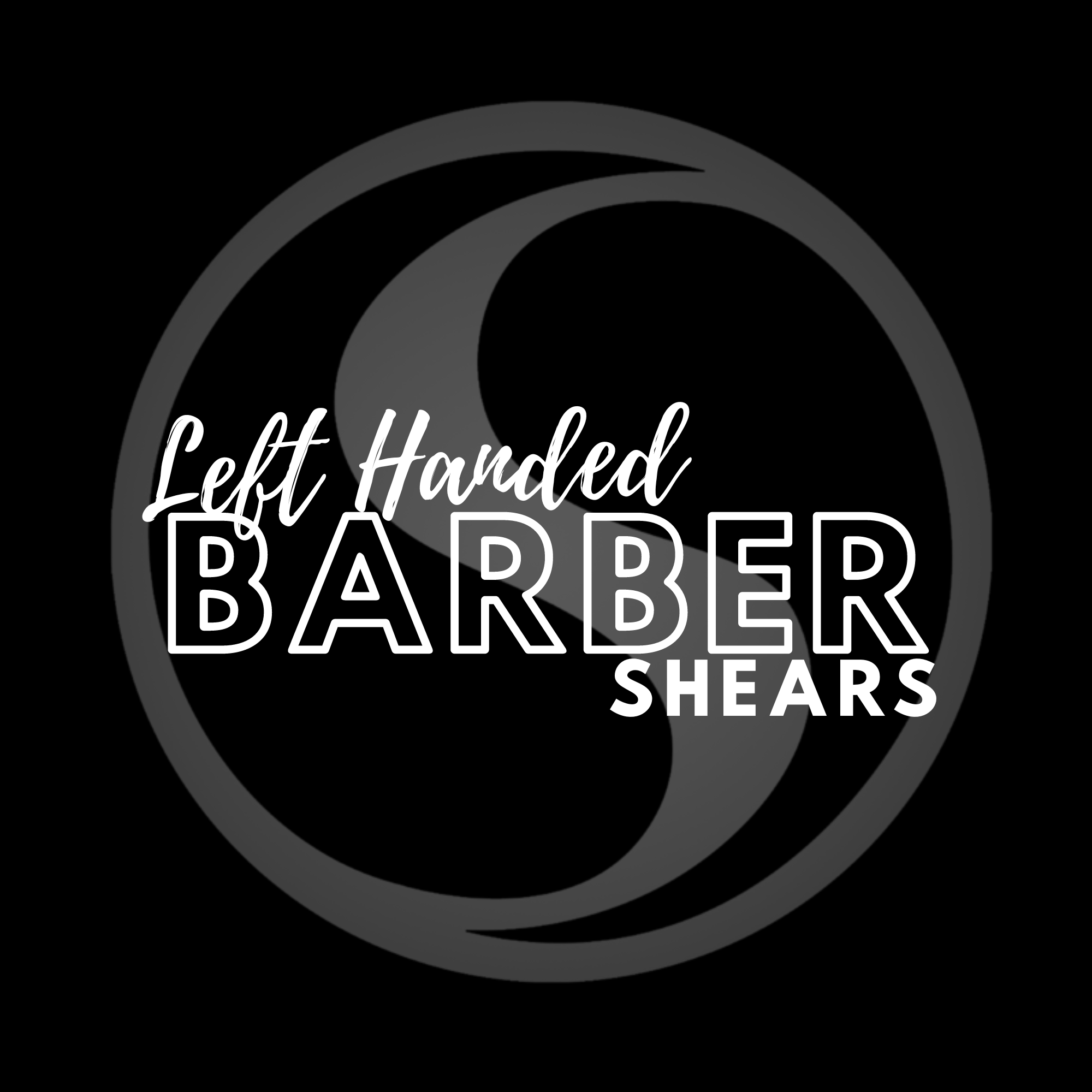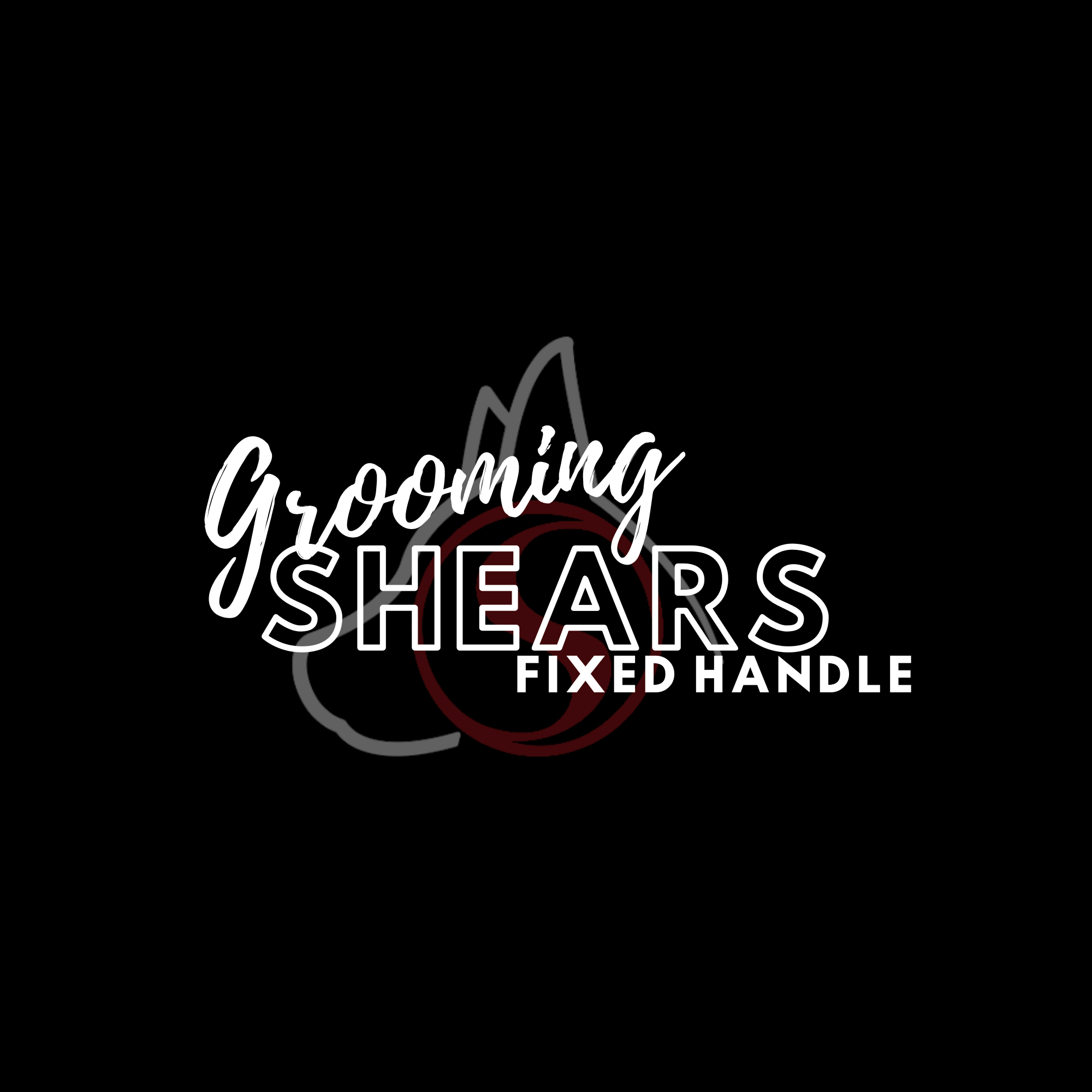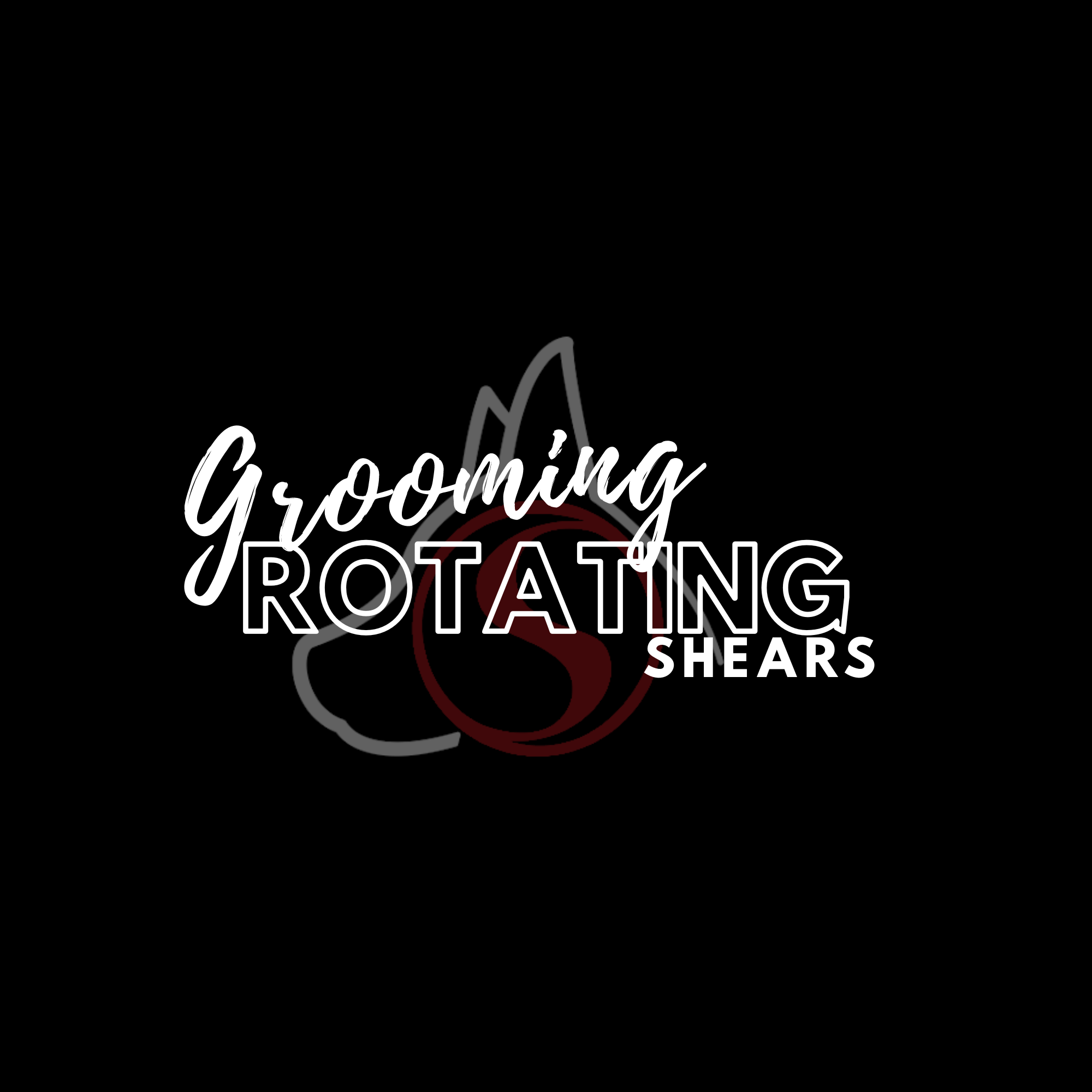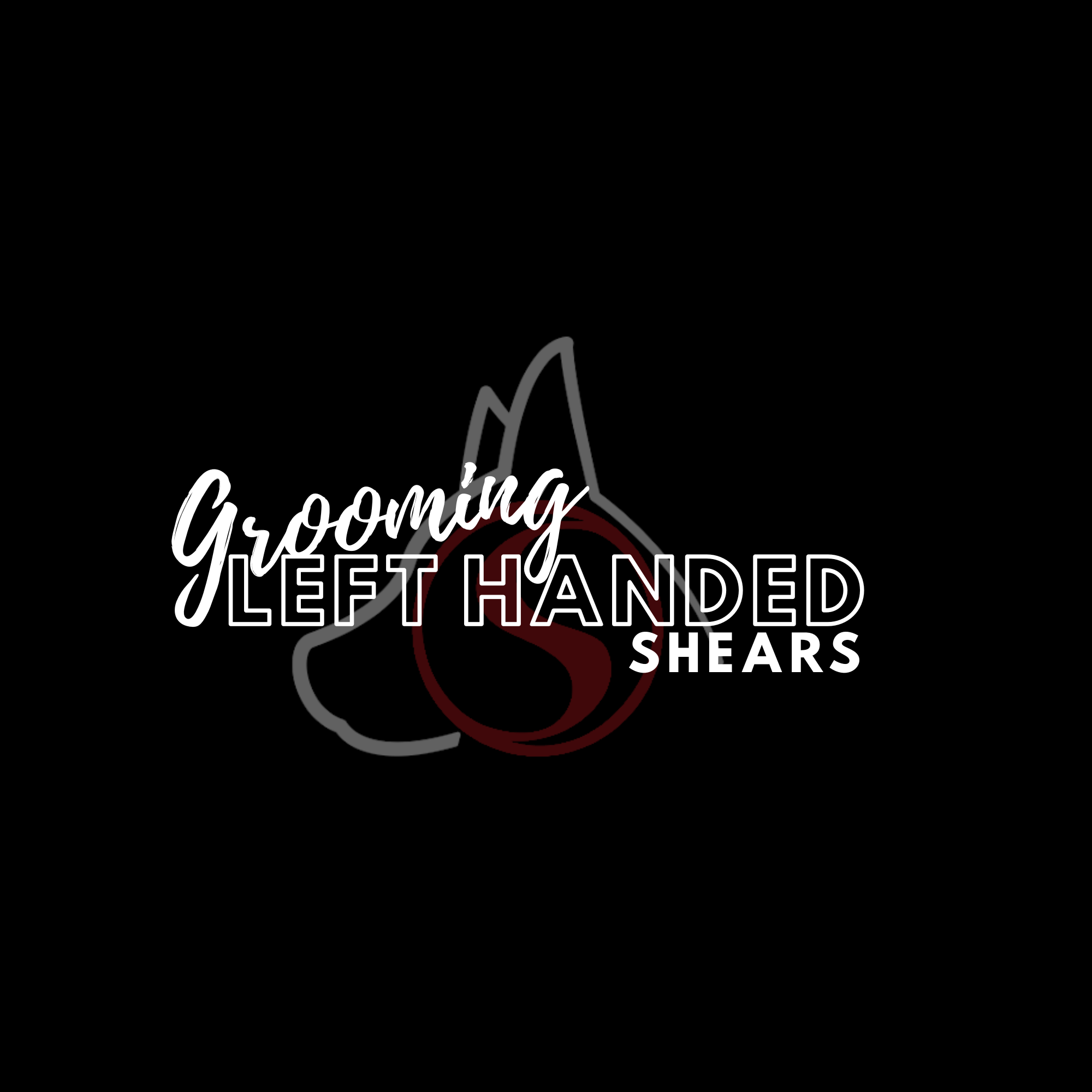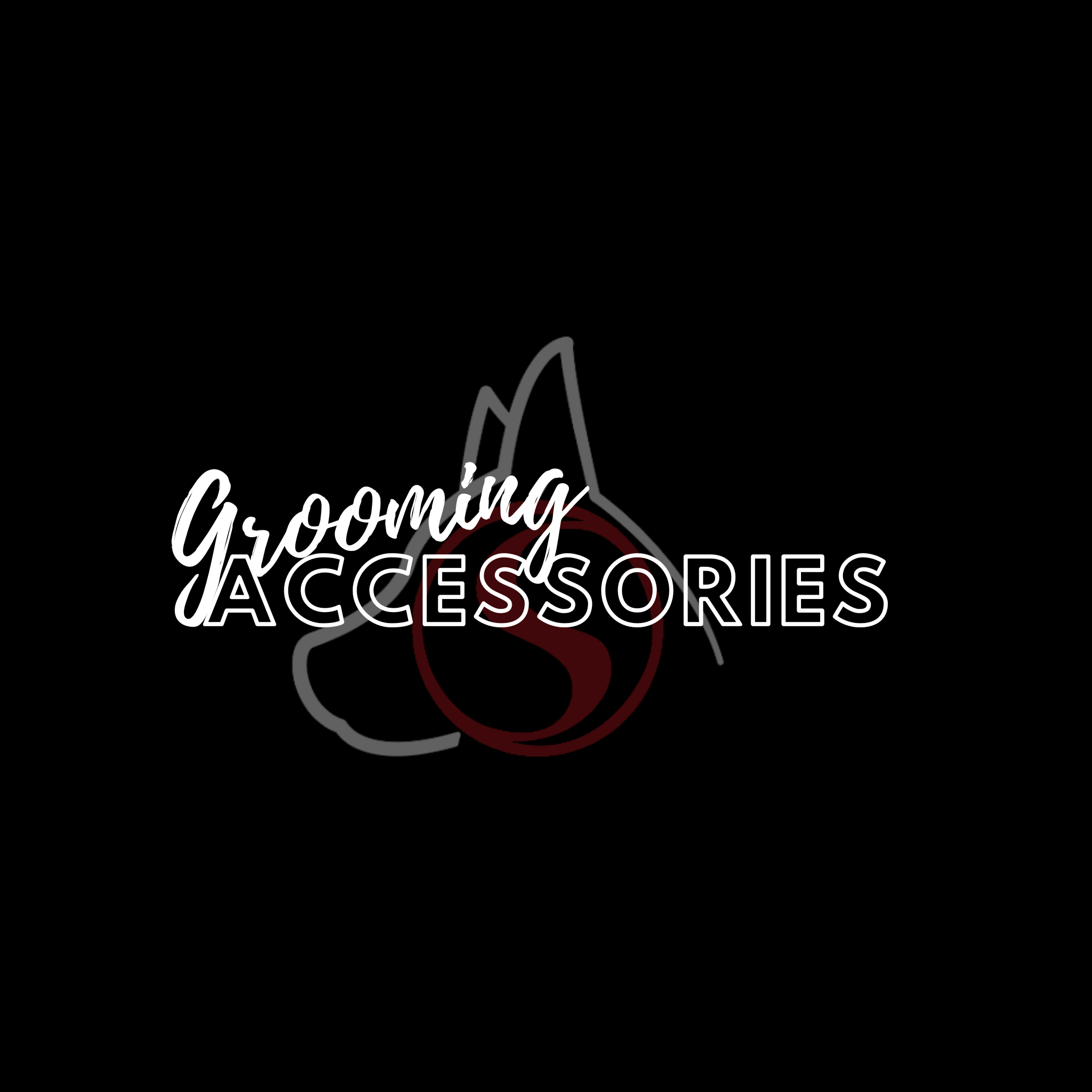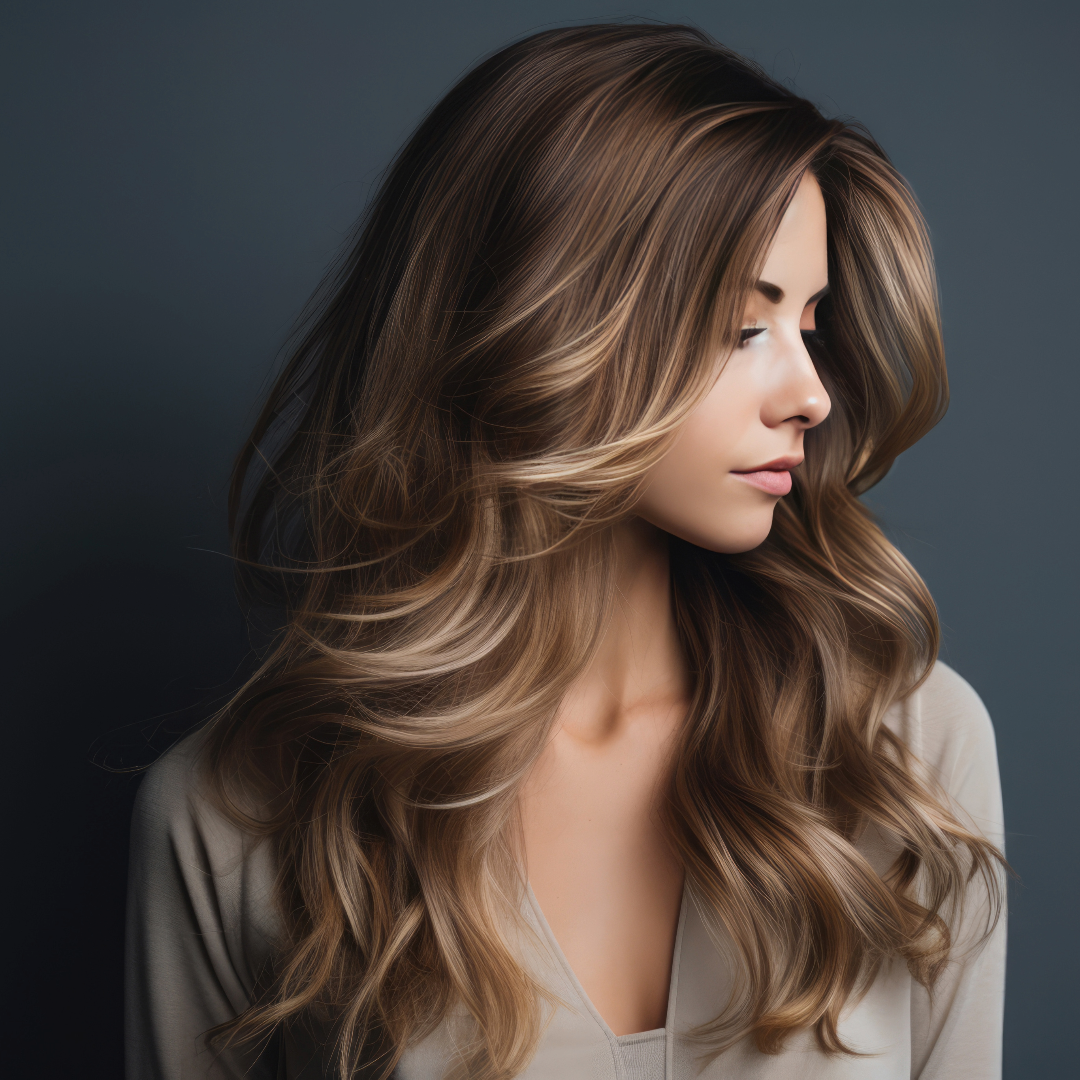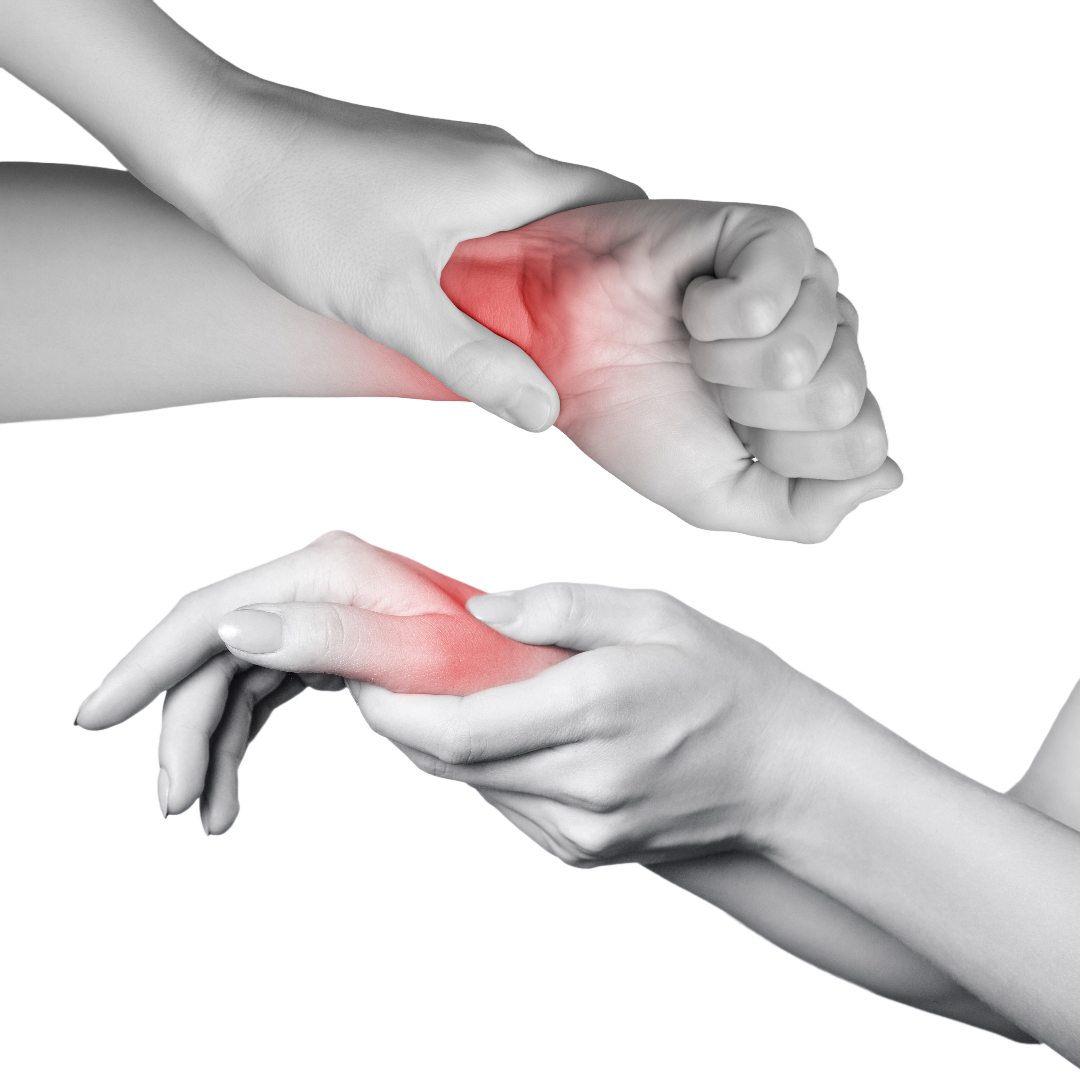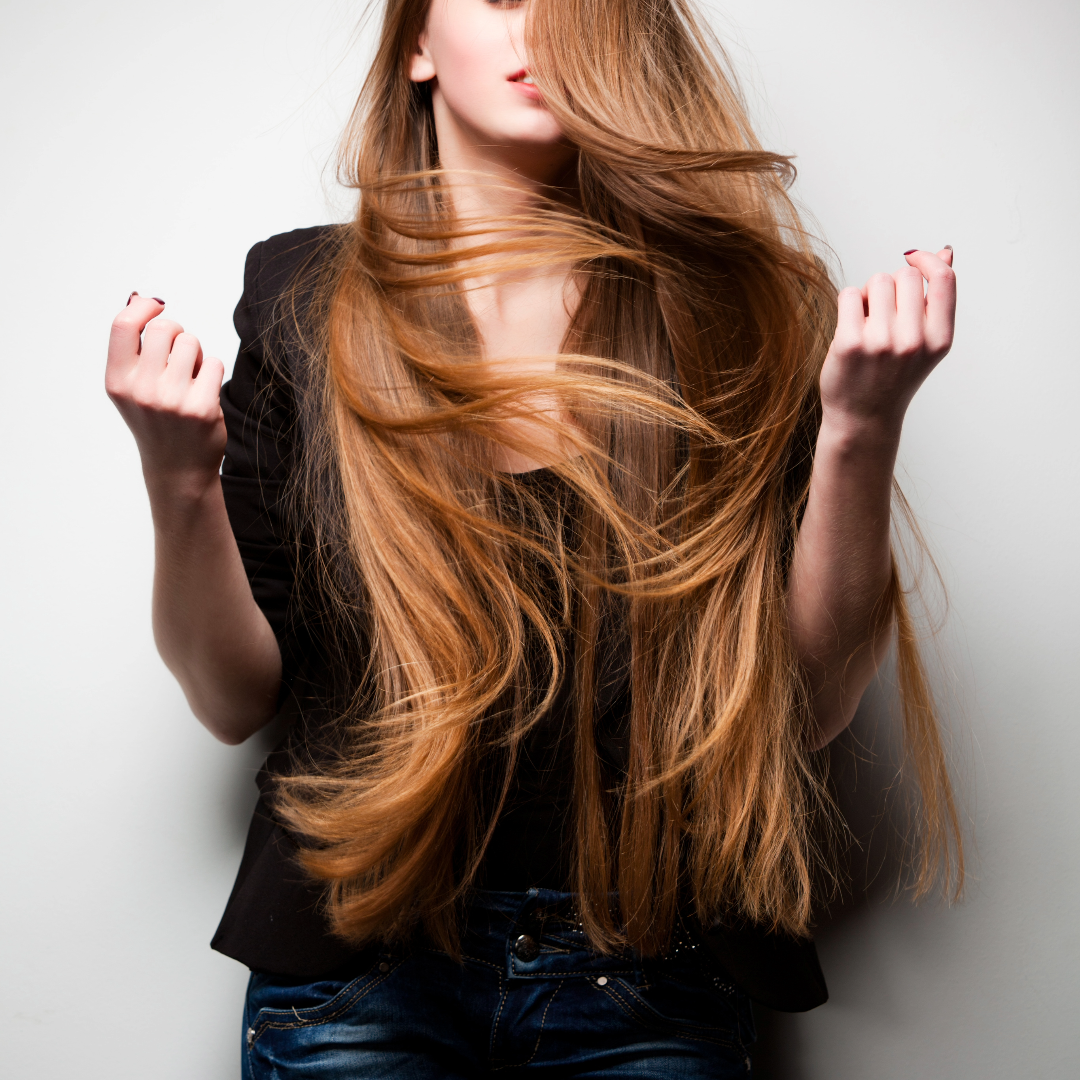The Different Types of Haircutting Shears
Every successful hairdresser needs their own set of tools to do the job effectively. From varied sets of combs to an array of hair care and maintenance products, these items are all crucial to bringing together the perfect new look. However, if there’s one piece of equipment that stands out above the rest, it’s their professional haircutting shears. After all, these are the tools responsible for establishing the desired effect and shaping unique styles for each person who walks in your door. These are the different types of haircutting shears and how using them together can create the perfect result for your client.
Short- and Long-Bladed Precision Cutting Shears
Precision shears are the most traditional tool in the haircutting arsenal. These models are primarily used for shaping the style and getting the hair to the proper length. Shorter lengths like 5.5-5.75 inch are ideal for palm-to-palm cutting or anytime the hair is held between the fingers. Longer blades are ideal for shear over comb, cutting on the skin, and even face framing as the longer blades leave your hand farther from the client’s face.
Thinning or Blending Shears
Rather than consisting of two straight edges, thinning shears, on the other hand, are designed with one narrow cutting blade and the other blade has fine teeth. These tools are designed to thin out thicker sections of hair or to blend out cutting marks or weight lines. This type of haircutting shear will typically have between 23-40 narrow teeth with narrow separation between them. Because the pieces of cut and uncut hair in a section are so fine or narrow, the hair tends to blend together when combed. This is why they are often called blending shears. Most blending shears have a small V or small grooves in the tip of each tooth. A new type invented by SENSEI are called seamless blending shears. These have the advantage of not leaving cutting marks or dragging on the hair during comb out.
Texturizing Shears
What if your goal is to create separation or negative space within a section, as a way of creating texture and movement? Then the tool for you is a pair of seamless hair texturizing shears. These are shears with wider teeth and wider spaces. Now you can see the difference in the cut and uncut hair. Typically these have between 5 and 20 teeth. These shears normally have grooves in the tops of the teeth, which hold a certain amount of hair to be cut off by the straight blade. This can end up creating a castle wall effect in the hair. SENSEI has invented a new type that cuts the hair in motion so each hair is cut to a different length. These create the look you get by point cutting where you see the negative space but do not see the point of origin of the space.
Swivel Shears
This refers to a shear where the thumb is more dissent from the finger hole and it rotates. This allows the thumb to sit at a more natural position as you hold the shear. This allows the user also to work with their elbow down and wrist straight in nearly all cutting positions. Also the hand is allowed to be more open due to the separation between the thumb and finger holes. This reduces the thumb movement to open and close the shear by as much as 60 percent This, together with the lower elbow position, greatly reduces the risk of repetitive strain injuries like carpal tunnel syndrome or tendonitis.




